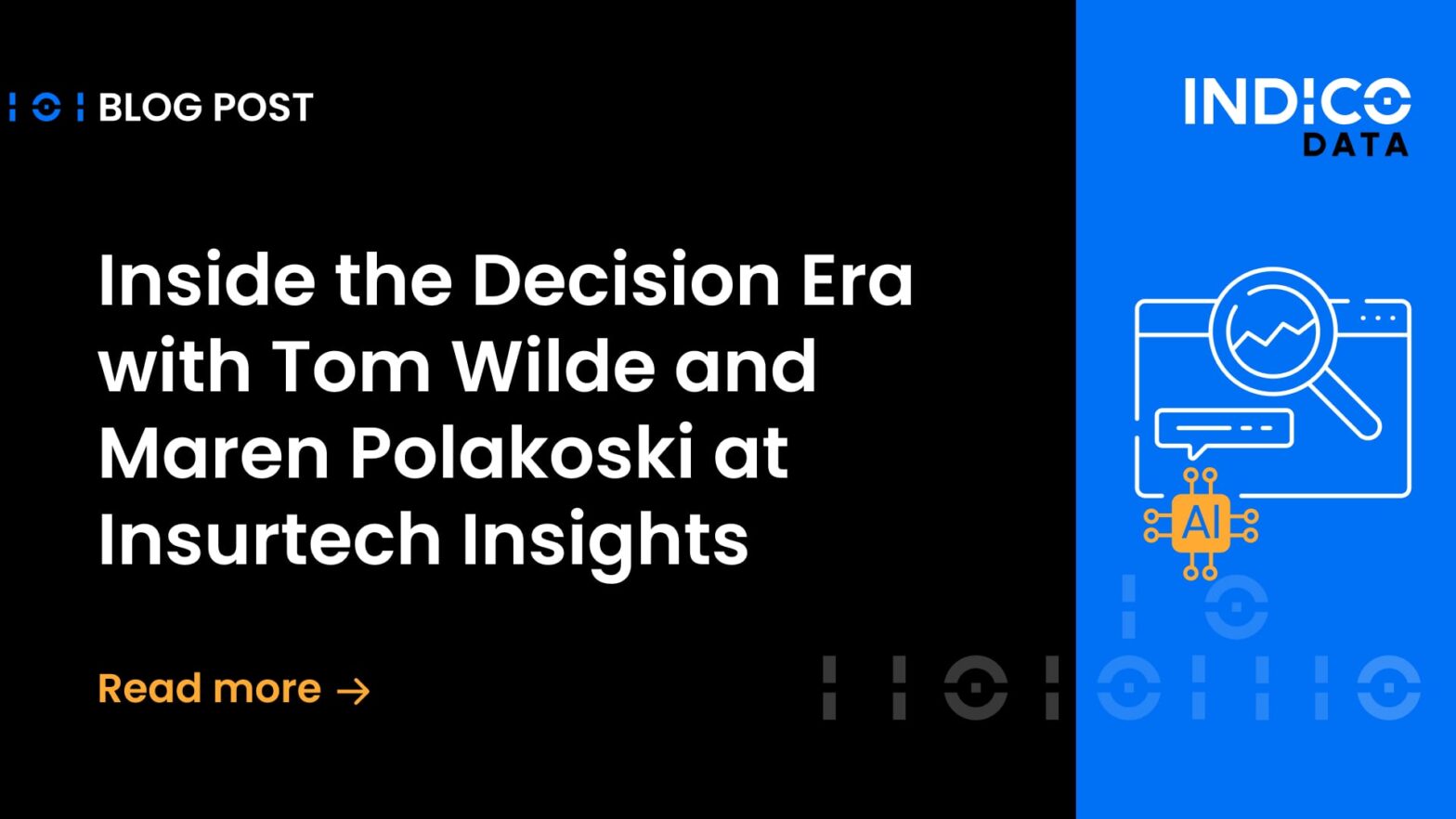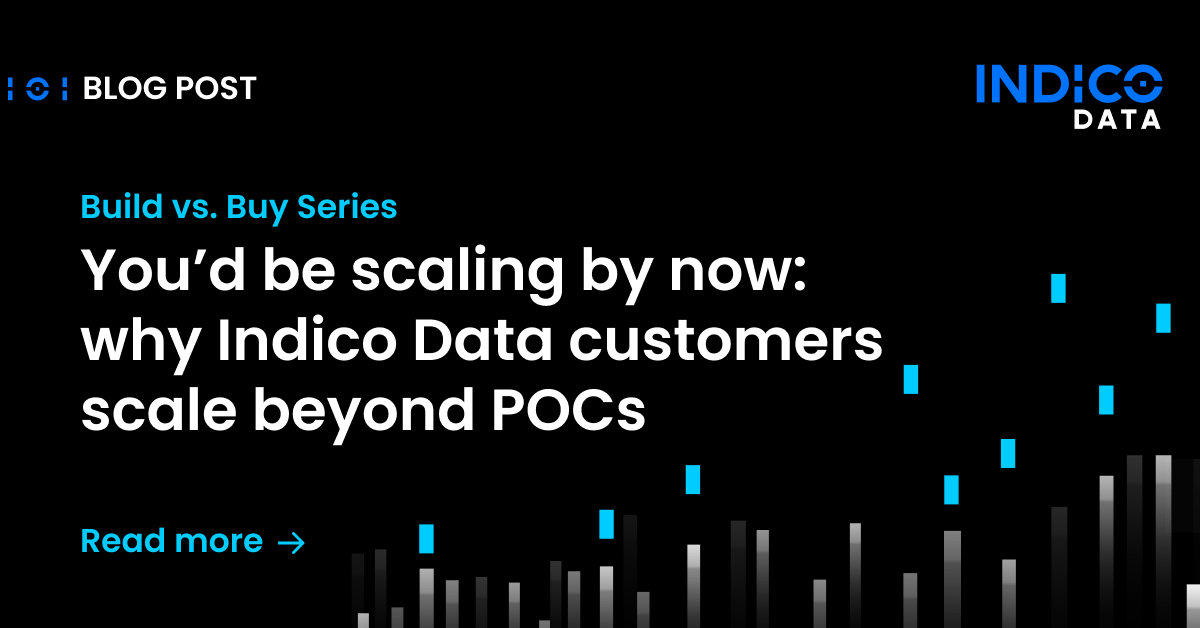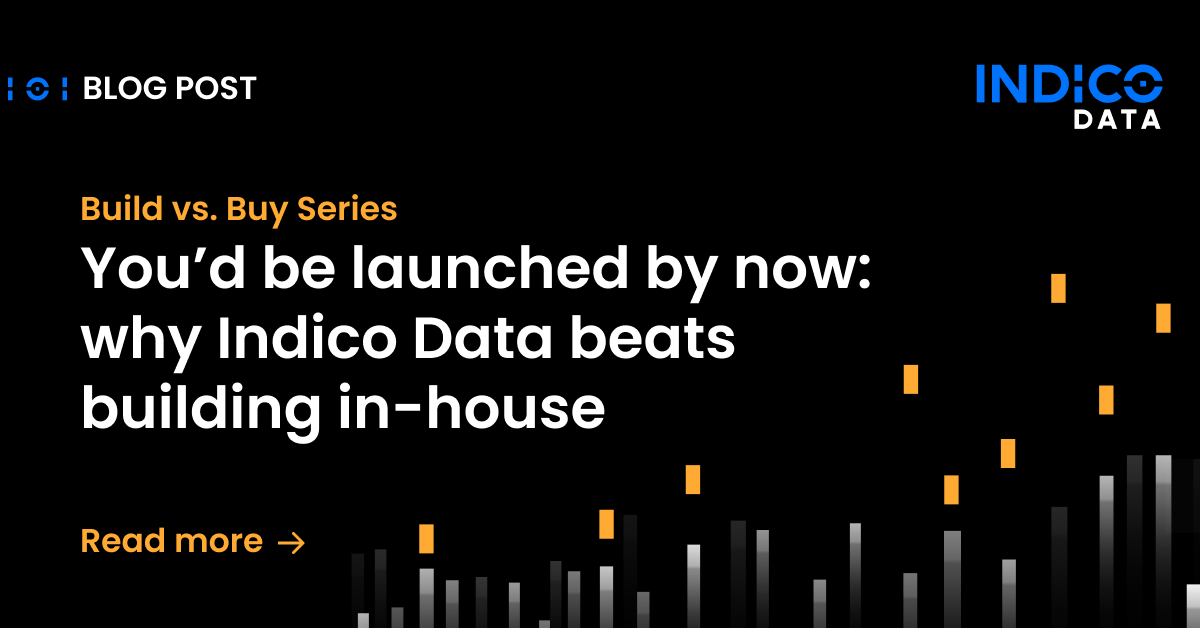Insurance is undergoing a significant shift with the integration of claims automation software. At the heart of this revolution is the ability of claims automation software to turn vast amounts of raw, unstructured data into structured, actionable insights. This capability is critical for insurers who need to process claims quickly and accurately to stay competitive in a fast-evolving industry. By seamlessly integrating with existing claims management systems, AI-driven claims automation offers a robust solution that enhances decision-making and operational efficiency, setting a new standard in customer care and service delivery.
The role of claims automation software in streamlining processes
Claims automation software is pivotal in simplifying the complex processes associated with managing insurance claims. By automating the ingestion and processing of data, these systems play a crucial role in making sure that insurance companies can handle claims at scale. The utilization of AI in claims automation not only accelerates decision-making but also significantly reduces the likelihood of errors, hindering productivity and impacting profitability.
The efficiency of claims automation software cannot be overstated within the claims management ecosystem. It allows for the rapid transformation of unstructured data into structured information that is ready for analysis. This process is vital for insurers to make well-informed decisions swiftly, thereby improving their service delivery and customer satisfaction.
Enhancing efficiency with claims automation software
The adoption of claims automation software in the insurance industry marks a leap toward operational excellence. By harnessing the power of AI, these systems offer a seamless solution to the traditionally manual and time-consuming task of claims processing. Again, this shift reduces operational costs and streamlines the entire claims handling process, from the initial notice of loss to the final settlement.
The integration of claims automation software facilitates a unified approach to claims management. This comprehensive solution ensures continuity, promotes transparency and enhances overall efficiency. The use of AI and machine learning in managing unstructured data and intelligent document processing exemplifies the potential of data workflow automation in revolutionizing claims management.
The impact of claims automation software on insurance operations
The implementation of claims automation software has a profound impact on insurance companies’ operational dynamics. This technology enables insurers to minimize repetitive tasks and allocate human resources to more complex and critical functions. As a result, companies can foster a more proactive and strategic approach to decision-making, underscoring the transformative potential of claims automation software.
The benefits of employing claims automation software are particularly evident in medical and health insurance. The digitization of paperwork and the automation of claims processing tasks introduce unmatched efficiency in managing complex claims processes. This innovation significantly enhances operational capabilities, making it a cornerstone of modern claims management strategies.
The evolution of claims management through claims automation software
As the insurance industry evolves, claims automation software is at the forefront of this change, promising a future characterized by faster processing, increased accuracy, and enhanced efficiency. This shift towards automation liberates claims handlers from the confines of manual, rule-based tasks, enabling them to apply their expertise where it’s most needed.
The advent of AI and machine learning in automated insurance claims handling is transforming the way claims are processed. These technologies offer the capability to understand and assess the nuanced language of claims, ensuring accurate and fair evaluations. The move towards real-time processing further accelerates the settlement of claims, marking a significant milestone in the journey toward comprehensive claims automation.
The impact of claims automation software on customer experience
Claims automation software significantly transforms the customer experience in the insurance sector. By streamlining operations, insurers can process claims faster, reducing the waiting time for policyholders and alleviating much of the stress associated with claims. Enhanced communication channels, enabled by automation, keep customers informed at every step of the process, fostering transparency and trust. Moreover, the ability to provide personalized service through data analysis and AI technologies means that customers feel valued and understood. This tailored approach, combined with efficiency and clear communication, leads to higher satisfaction rates and loyalty among policyholders, ultimately enhancing the insurer’s reputation and customer retention.
Furthermore, claims automation software offers the potential for proactive customer service. By analyzing data trends and patterns, insurers can identify common issues or potential claims before they occur, allowing them to reach out to customers with solutions or preventative measures. This proactive approach mitigates risks and demonstrates to customers that their insurer is actively looking out for their best interests, further enhancing the customer experience and reinforcing the value of their insurance policy.
Related content: Beyond paperwork: the impact of claims automation
Regulatory considerations for claims automation software
The regulatory landscape for claims automation software is complex and varied, reflecting the global reach of the insurance industry and the diverse nature of its regulatory environments. Insurers must navigate a maze of international, federal, and state regulations that govern data privacy, security, and the ethical use of AI and automation in claims processing. Compliance is not optional; it’s critical to implementing claims automation technologies. Regulations such as the General Data Protection Regulation (GDPR) in Europe and the Health Insurance Portability and Accountability Act (HIPAA) in the United States set stringent requirements for handling personal and sensitive information. Insurers must ensure that their claims automation solutions are efficient, effective, and fully compliant with these regulations to avoid legal penalties and protect their customers’ data.
This regulatory environment is continually evolving as lawmakers and regulatory bodies strive to keep pace with technological advancements. Insurers must stay abreast of these changes, adapting their claims automation practices accordingly. This requires a flexible approach to technology deployment and a commitment to ongoing training for staff. By partnering with claims automation software providers who prioritize compliance and data security, insurers can navigate this complex landscape more effectively. These partnerships enable insurers to leverage the benefits of automation while ensuring that their operations remain within the bounds of regulatory requirements, safeguarding both their interests and those of their policyholders.
Integration strategies for claims automation software
Integrating claims automation software into an insurer’s existing IT infrastructure and business processes requires careful planning and strategic execution. The selection of a software vendor plays a crucial role in this process. Insurers should look for vendors that offer flexible and scalable solutions capable of integrating seamlessly with their current systems. This includes compatibility with legacy systems and the ability to adapt to future technological advancements. The use of Application Programming Interfaces (APIs) is pivotal in facilitating this integration, allowing different software systems to communicate and share data efficiently. APIs help create a connected ecosystem where claims automation software can operate in harmony with other applications, enhancing data flow and operational efficiency.
Beyond technical considerations, the successful integration of claims automation software involves a change management process. This includes training staff on the new system, redefining roles and workflows to optimize the use of automation, and fostering a culture of innovation within the organization. Effective communication is essential throughout this process, ensuring that all stakeholders understand the benefits of automation and are committed to its successful implementation. By taking a holistic approach to integration, insurers can maximize the benefits of claims automation software, achieving operational efficiencies, improved service delivery, and competitive advantage in the market.
Related content: How to adopt AI with intention and quality: tips from Sunil Rao
The role of data security in claims automation software
In the realm of claims automation, protecting sensitive data is a paramount concern. Insurance claims involve handling vast amounts of personal and financial information, making cybersecurity an essential component of any claims automation software. Implementing robust data protection measures, such as advanced encryption techniques and stringent access controls, is non-negotiable to safeguard against data breaches and unauthorized access. Moreover, compliance with data protection regulations like the General Data Protection Regulation (GDPR) in Europe and the Health Insurance Portability and Accountability Act (HIPAA) in the United States is crucial. These regulations dictate how personal data should be handled, ensuring that claims automation systems protect sensitive information and respect individuals’ privacy rights. By adhering to these standards, insurers can maintain trust with their policyholders and avoid potential legal and financial repercussions.
Furthermore, the dynamic nature of cyber threats necessitates continuous monitoring and updating of security protocols within claims automation platforms. Insurers must remain vigilant, regularly assessing their systems for vulnerabilities and staying abreast of the latest cybersecurity developments. This includes training staff to recognize and respond to security threats, as human error often represents a significant risk. Embracing a culture of security and making it a core aspect of the claims automation strategy helps create a resilient framework capable of protecting sensitive data and ensuring the integrity of the claims process. In doing so, insurers reinforce their commitment to data security, which is critical for sustaining customer confidence and complying with regulatory requirements.
Save your spot in our upcoming webinar: From expertise to AI: bridging the knowledge gap in insurance underwriting
Frequently asked questions
- What specific metrics or indicators do insurance companies use to measure the effectiveness and impact of claims automation software? Insurance companies assess the effectiveness of claims automation software using various key performance indicators such as the average time taken to process a claim, the rate of first contact resolution, the accuracy of claim assessments, and overall cost savings. These metrics allow them to quantify the benefits of automation in terms of operational efficiency, cost efficiency, and accuracy in handling claims.
- How do insurance companies address the challenges of integrating new claims automation software with legacy systems? Insurance companies typically opt for a phased implementation approach to overcome integration challenges with legacy systems. This strategy involves gradually integrating the new technology in stages, allowing for troubleshooting and adjustments in a controlled manner, thus minimizing disruption to ongoing operations. Moreover, many insurers utilize middleware or specialized integration platforms that facilitate communication and data exchange between the new systems and the old, helping to smooth the integration process.
- Can you provide examples of how claims automation software has specifically transformed the customer experience in the insurance industry? Claims automation software has markedly improved the customer experience in several ways. For instance, faster processing times due to automation have significantly reduced the waiting periods for customers, directly enhancing their satisfaction and fostering loyalty. Enhanced accuracy in claims assessments leads to fewer disputes, fostering transparency. Furthermore, some insurance companies leverage automation to provide real-time updates to customers on the status of their claims, keeping them informed and engaged throughout the claims process.


